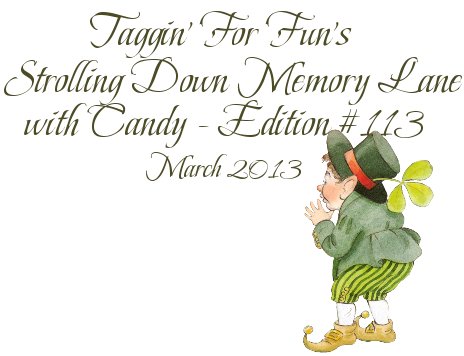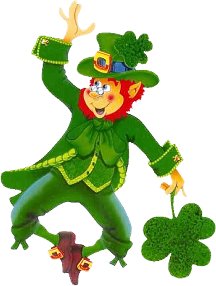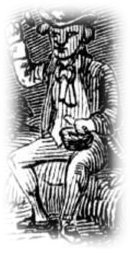

Leprechauns


They've appeared in cereal commercials, Lucky Charms of course, and they've been in some movies where they were sometimes funny and sometimes downright frightening.


Leprechauns are most-often thought of as those little men who hoard and hide their pot of gold at the end of a rainbow. They are sometimes naughty, sometimes a little evil, many times a bit mean. It is said that anyone who finds that pot of gold and can trick it away from the leprechaun keeps the gold; however, leprechauns are very smart and the human usually ends up the one who is tricked. The classic leprechaun wears a three-cornered hat, has pointed ears, green eyes, wiry red hair and beard, and wears green. They are rotund and have a prankster’s sense of humor.

Stories abound as to the origin of the leprechaun. The word leprechaun comes from the Irish “leipreachán, lucharachán” which comes from the Middle Irish” luchrapán, lupra(c)cán”, originally from the Old Irish ”lúchorp(án)” meaning small body.


According to legend, the leprechaun has a pot of gold hidden somewhere, and he must give up his treasure to the one who catches him. You'll have to step lively and think quickly to capture a leprechaun's gold though, because this sly little fellow will fool you into looking away an instant while he escapes into the forest.

A story is told of the man who compelled a leprechaun to take him to the very bush where the gold was buried. The man tied a red handkerchief to the bush in order to recognize the spot again and ran home for spade. He was gone only three minutes, but when he returned to dig, there was a red handkerchief on every bush in the field. As long as there are Irishmen to believe in the "little folk," there will be leprechauns to reflect the wonderful Irish sense of fun, and many a new story of leprechaun shenanigans will be added to Irish folklore each year.

Where leprechauns came from before that is really anyone’s guess, and there is plenty of speculation on the subject.

The Oxford English Dictionary lists one of possible origins of the word as “leath bhrogan” which means shoe-maker. In Ireland, leprechauns are often fairy shoe-makers. Traditional portraits show leprechauns holding or working on shoes, and legend says they are excellent cobblers, making shoes for many different faerie communities.


A leprechaun is shown crafting shoes in this Engraving made in 1858. Leprechauns became associated with gold through a story dating back to the Danes’ invasion of Ireland. Legend states the Danes left the leprechauns in charge of their plundered wealth, which the little men put in crocks and pots and have hidden throughout Ireland. Leprechauns carry two pouches. One holds a silver shilling – a magical coin that returns to the pouch each time it is paid out. The other holds a single gold coin which the leprechaun uses to try to extricate himself from difficult situations. Once the gold coin has been paid out, it usually turns to leaves or ash. A leprechaun will reveal the location of his gold if questioned and if the person questioning him keeps an eye on him. Looking away from the leprechaun guarantees his disappearance as they can vanish in an instant.

A Leprechaun is shown counting his gold in this engraving, circa 1900.


Interestingly, leprechauns have never been the subject of myths themselves but rather one of the supporting characters. They are not the hero of a story but a helper (or hindrance) to the hero. Leprechauns are closely related to the cluricaun who steal and borrow nearly everything and are much surlier than leprechauns.

With spring rains approaching, keep an eye out for rainbows. This and the sound of a cobbler’s hammer will give away the location of a leprechaun, and where there’s a leprechaun there is sure to be leprechaun’s gold.

Happy Hunting!


Strolling Down Memory Lane with Candy - Main Page